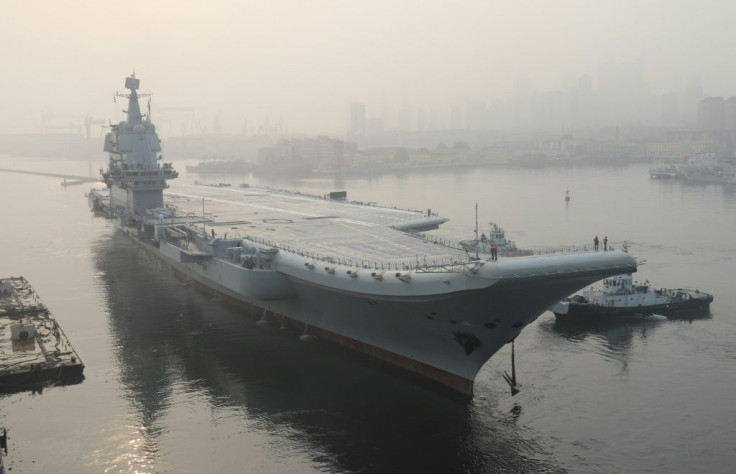US-China Warships Close Encounters ‘Indicate Lack Of Political Trust’: Chinese Military Insider
KEY POINTS
- The insider mentioned an April incident when vessels from each nation passed within 100 meters of each other
- The COVID-19 pandemic changed the dynamics of the South China Sea activities between China and the U.S.
- The USS Theodore Roosevelt and USS Nimitz were hit by the coronavirus in late March while the crew on China’s warships were not affected
A Chinese military insider spoke recently of the close encounters between American and Chinese warships that seem to be occurring with a greater frequency in the South China Sea. The insider, who did not want to be named, said in April vessels from each nation passed within 100 meters of each other, and stated the obvious, “[Those] kinds of incidents indicate a lack of political trust between the two militaries.”
He may have made the statement under the assumption that “political trust” between the two superpowers did exist at one time. Other maritime strategy specialists added their opinions:
- Hu Bo, director of the Centre for Maritime Strategy Studies at Peking University, said of the U.S behavior in the waters, “This kind of provocative behavior was totally driven by political needs aimed at showing force and demonstrating strength, but that can become an accident.” He added there could be parties with the U.S. military aiming to create a small-scale and “controllable” conflict with their Chinese counterparts. “However, how can you predict and control the consequences of a war?” he said.
- Collin Koh, a research fellow with the Institute of Defense and Strategic Studies, based at the Nanyang Technological University in Singapore, suggested when these incidents occur, both sides should document with photos and radar feeds to show evidence of what happened. He said about a close encounter that happened in October 2018, “[It is] definitely unprofessional if any warship tries to get this close. Though I wonder why the Chinese side even allowed that to happen.”
- Lu Li-Shih, a former instructor at the naval academy in Taiwan, blamed both sides for allowing such incidents to occur in the first place. He said, “All naval ships should implement a naval code for unplanned encounters at sea to avoid conflict. Warships should only be within 100 meters for refueling or training ... Such a risky move happens when both sides do it deliberately.”
The COVID-19 pandemic changed the dynamics of the South China Sea activities between China and the U.S. The USS Theodore Roosevelt and USS Nimitz were hit by the coronavirus in late March while the crew on China’s warships, the Liaoning and the Shandong, were not affected by the virus.
This allowed Beijing to ramp up activity in the seas in what looked like an effort to expedite their military goals. The U.S. is now scrambling with the two carriers plus a third, the USS Ronald Reagan, to fill the power “vacuum” that China used to its advantage.
Hu said the newest U.S. deployments included the amphibious assault ship, the USS America, and that the People’s Liberation Army (PLA) had deployed a similar number of vessels. He described the April close encounter as professional and restrained but warned any miscalculation by either side could escalate into military conflict.
Hu concluded by saying the two countries should come up with an effective crisis management mechanism to deal with such incidents.

© Copyright IBTimes 2024. All rights reserved.




















